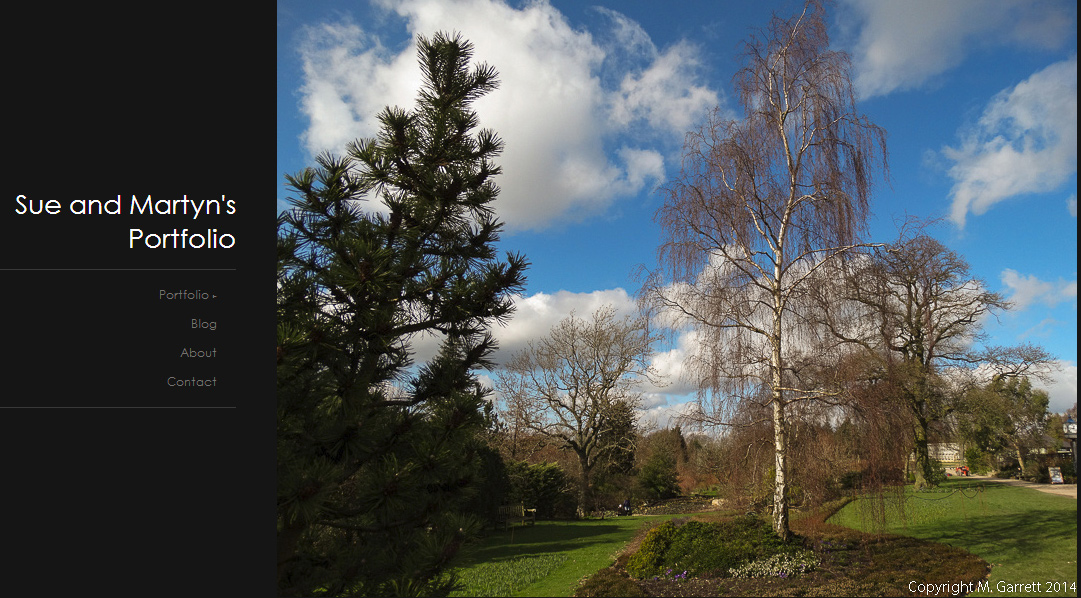We have a few hostas mainly in pots around the edge of the pond.
This year some plants have fared better with regards to avoiding slug damage and it seems that positioning is a factor.
The plants have all been given the same sort of treatment - copper bands around the pots and the remnants of vaseline smeared around the pots last year. They also have a top dressing of slug repellent granules and some poodle wool and they are all often sitting in a moat of water in the saucer beneath the pots.
This year some plants have fared better with regards to avoiding slug damage and it seems that positioning is a factor.
The plants have all been given the same sort of treatment - copper bands around the pots and the remnants of vaseline smeared around the pots last year. They also have a top dressing of slug repellent granules and some poodle wool and they are all often sitting in a moat of water in the saucer beneath the pots.
The ones with the least damage are those in the foreground of the photo above. The ones on the right sit on the edge of the pond. To one side is the pond and to the other is our pebble garden.
So could it be that these two 'boundaries' don't allow as much access to the slugs and snails?
The larger plant above and on the left of the first photograph has a little damage on the pond side but as you can see is in good shape.
On the far side of the pond is a different story - the hostas there have suffered far more damage. Behind them is a lawned area so does this provide better access for the slimy fiends.
The least damaged plant is the one in the middle of the group. The plant on the top right of the collage sits next to a gunnera and I wonder whether the overhanging leaves have provided a snail highway (we do tend to see more snails than slugs in this area).
The two plants that have most damage - the bottom right photo in the above collage - are also close to a pond plant so is this the problem. Interesting these two plants, Devon Green and Halcyon are supposed to be two varieties that have leaves that are most resistant to slug and snail damage yet they are the worst affected of our hostas!
At least we have an ally hiding amongst these pots.
The most surprising have been the hostas that were planted in the garden after we split some of the pot grown plants. We expected these to be devastated but for a long time they suffered no damage at all and even now aren't looking too tatty. The one on the bottom right of the following collage was even planted next to a ligularia that has been almost written off by the slugs and snails.
So does the position of hostas and their chosen neighbours have an impact on the amount of slug/snail damage?












































So lovely hostas. But I have to ask don't you get mosquitoes from that pond? Don't know why but my first reaction to ponds, lakes, rivers and fountains is mosquitoes...lots of them :)
ReplyDeleteNo Leanan - no mosquitoes. Garden ponds where we live don't really have that problem. Any offspring would some be eaten up by the fish.
DeleteYou've got a great collection of hostas there. They're such lovely plants but so many people have stopped growing them because of slug damage, such a shame. I especially like the small varieties, the Mouse Ears ones. I've only seen them for extortionate prices though so haven't got any myself.
ReplyDeleteWe used to have a tiny one, Jo - I can't remeeber the name - it disappeared.
DeleteBeautiful. I love the variegated best.
ReplyDeleteThere's such a variety to choose from TPals that it was difficult to choose which to buy.
DeleteWhat wonderful hostas and such a pretty pond! The pebbles do seem to be doing the business don't they....
ReplyDeleteOh ....that frog is a BEAUTY!!!! Wonderful pic!!!xxxx
It was so funny, Snowbird - I had just taken a photo of a tiny baby frog and then saw this large one peeping out from over a brick!
DeleteThe pond looks really great. Your various anti-slug and snail treatments seem to be working very well- I am sure you are right regarding the positioning, and particularly where there may be overhanging leaves to make a slug-path. They shimmy along our hanging basket chains!
ReplyDeleteIt's so difficult to position things so they don't touch other plants, Jill
DeleteYour hosts look nice. I understand hostas are the most popular plant in the USA.
ReplyDeleteIf you are still coming to my open day tomorrow Sue you will find that I have a lot of hostas and a lot of slug damage!
We are still hoping to come along Roger so I'll look out for the hostas. Hope things go well.
DeleteI don't have any hostas so can't really comment...however your ally looks very healthy...maybe you should invite some of his friends for dinner too!!
ReplyDeleteI'd have to convince him/her that we weren't French :)
DeleteActually we probably have more than one resident